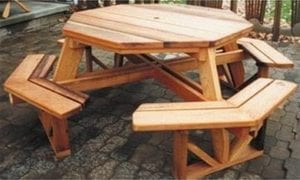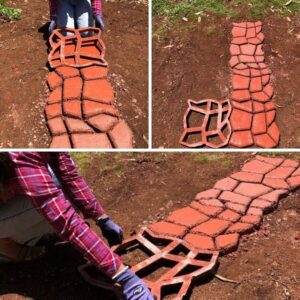Last Updated on November 10, 2022 by teamobn
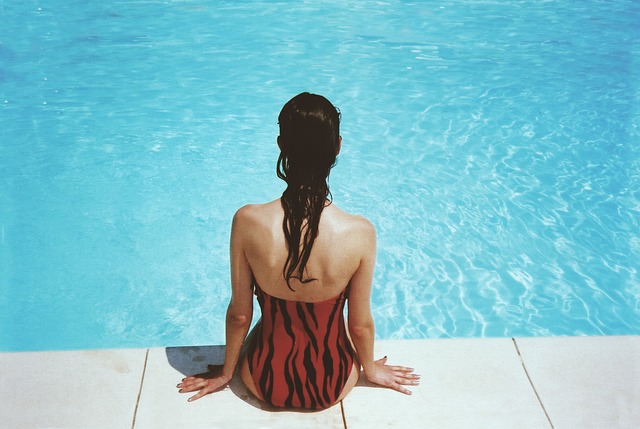
Which pool paint finish is best for your swimming pool?
Anyone with a pool understands that regular maintenance is just part of the deal. But how many of us realize that the day will come when we will have to drain and repaint that sucker? Painting a swimming pool is a big job and it’s easy to put off.
But the longer you delay, the bigger the task becomes moving from a recoat of faded finishes to a strip and refinish when the old finish breaks down completely and goes chalky or worse, starts to blister and peel. Even a drain and repaint is a task you don’t want to face more than once every 7 – 10 years so it’s, therefore, essential to do it right and do it well.
And that starts with choosing the right swimming pool paint. There are several common pool paint types. All of them have certain advantages and limitations, and compatibility with different pool surfaces. Here’s our shortlist:
Epoxy
The longest-lasting swimming pool paint and most resistant to chemicals, stains, and abrasion. Epoxy pool paint is a solvent-based two-pack finish that sticks like glue with correct preparation. Being solvent-based, UV rays and automatic pool cleaning machines will not damage the paint either.
It can last up to eight or even ten years and dries to a lasting satin finish. Epoxy can be used on previously unpainted fibreglass, concrete, and plaster pools. Moreover, it can be used on pools, which were previously coated with epoxy paint, for it builds up to eight millimetres dry per coat.
That way epoxy helps smooth rough surfaces. Epoxy pool paints can be used with good effect to refurbish old, ‘tired’ pools. Epoxy pool paints are also an excellent substrate if you want to prepare your pool for the addition of a mural.
Coverage: Expect between 5 – 7 m2 (55 – 70 sq ft) per litre per coat. A minimum of two coats should be applied.
Acrylic
Acrylic paint should not be used on fibreglass or timber surfaces. It is not as resistant to pool chemicals as epoxy paint and it will also start to break down and chalk eventually. On the plus side of the equation, it’s the easiest swimming pool paint to apply.
Acrylic pool paints are really most suitable for commercial pools that will be regularly re-painted. (Commercial pools are usually drained and refinished every winter.) Note that premium-quality acrylic can last up to four years.
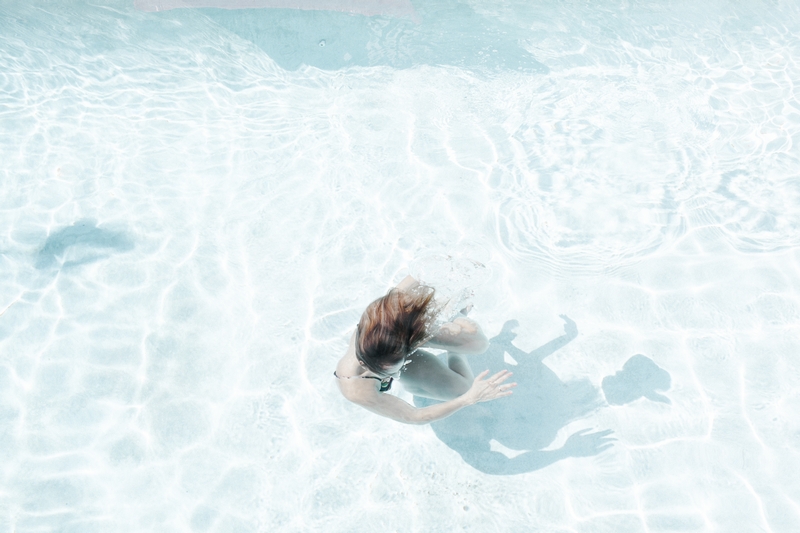
Water-based acrylic pool paint is the fastest drying of the alternatives listed in this article. Most are touch dry within 30 minutes but will take a full three days to cure in an outdoor pool and up to six days for indoor pools.
The relatively short drying time is convenient if you need your pool to be refilled as soon as possible. However, the downside as discussed above is it lasts the shortest – one season for commercial pools and two to four years for residential pools.
Water-based acrylic can be used on unpainted concrete and plaster pools as well as pools that have been previously coated with synthetic rubber, epoxy, or acrylic paint. It should not be used on fibreglass surfaces or on spas or hot tubs. It dries to a pleasant eggshell finish.
Despite having the lowest chemical and stain resistance, on a ‘bang for buck’ basis, acrylic finishes can be a cost-effective finish as long as you’re prepared to put in the effort every three or four years.
Coverage: Expect between 8 – 10 m2 (85 – 110 sq ft) per litre per coat. A minimum of two coats should be applied.
Rubber Based
Envirolon synthetic rubber-based paints are an excellent choice for gunite, plaster, and concrete pools. They are easily applied and they are easy to clean and recoat. Chlorinated rubber paint is very economical, dependable, easy to use, and easy to apply. Two properly applied coats will last two to four years.
Rubber-based (synthetic or real) is quick drying and is easy to apply. They give a hard-wearing, durable finish. They are easy to clean and recoat and have good resistance to acids, chlorine, oxidising and bleaching agents.
Chlorinated rubber coatings have been used for many years and can claim to be used on more swimming pools than any other type of paint. They are easier to apply than epoxies and provide a smooth surface that is easy to clean and maintain. Chlorinated rubber paints also perform well on bare concrete or plaster.
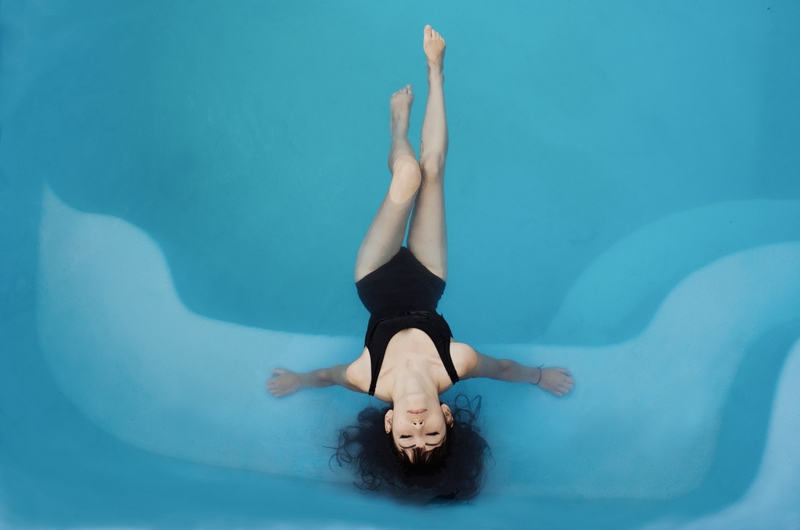
Chlorinated rubber paints are low solids, high solvent products so it is critical that surfaces are thoroughly dry before application and that only thin coats are applied. The biggest drawback with chlorinated rubber paints is that they are not suitable for heated pools, saltwater pools or spa pools.
Coverage: Expect between 8 – 10 m2 (85 – 110 sq ft) per litre per coat. A minimum of two coats should be applied.
When to repaint your pool
The simple answer is before the existing coating starts to break down. Recoating a sound surface is an easy project. But if bubbling, crackling or chalking are present, preparation requirements increase exponentially. A good pressure clean may be a great aid but in a worst-case scenario, you may even need to sandblast your pool.
Ideally, the pool should be painted on a clear, nice day when it is not too hot, cold, or humid. With the exception of acrylics, ensure there is no dew sitting on the surface to be painted. For that reason, unless the humidity is low, it may be best to wait until mid-morning before starting, especially in winter.
Read the paint manufacturer’s instructions carefully and wait the full recommended time for the paint to dry before you fill the pool. If it rains during this time, any standing water has to be removed and then allow extra time for the paint to cure.
Painting your pool is a big job but well within the abilities of the average person. Of course, if time pressures or doubts about your skill level stop you, make sure you hire a professional who knows what he is doing. Get references and ask to see a recent job. Any professional will be proud to assist.
If you’re ready to get started, you might want to read How to refinish your swimming pool in five easy steps…



